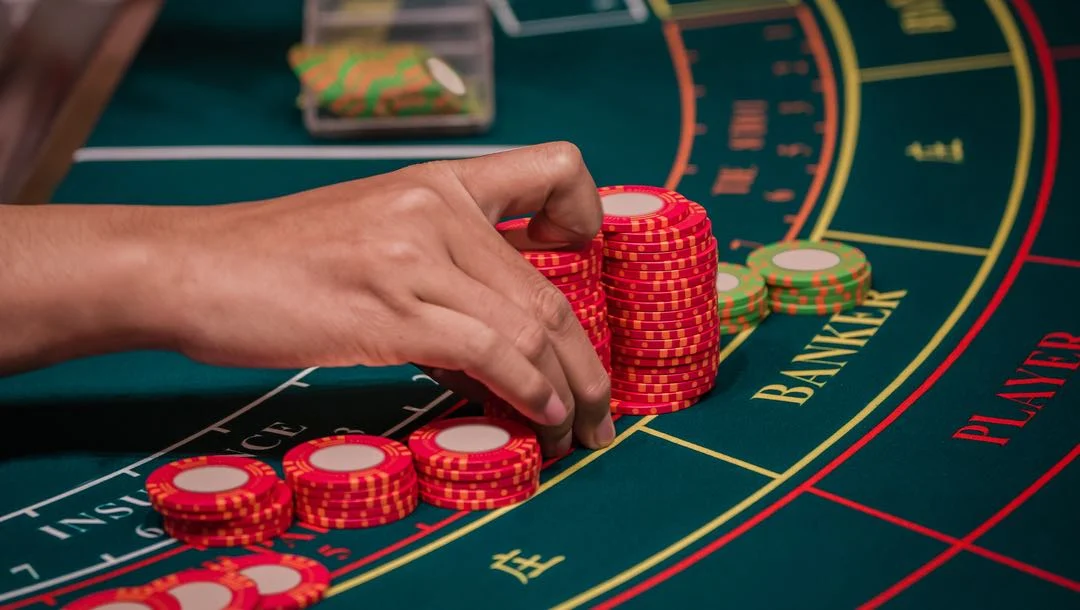Baccarat is one of the world’s most beloved table games in casinos. With a rich and fascinating history that dates back hundreds of years – from its inception in Italy to today’s variations – this ancient game continues to draw in players worldwide.
The game of tarot was brought to France during the 15th century, though it is believed to have originated in Renaissance Italy. At first, players used tarot cards; later on a standard deck was utilized.
Origins
Baccarat has a long and colorful history. While its exact origins remain uncertain, it is believed that an Italian named Felix Falguierein first created its rules during the 15th century.
The game was a beloved pastime in France, where nobility often convened for private matches. Eventually, French travelers brought it to England.
Poker has become increasingly popular and popular with high rollers due to its low house edge and potential win of large sums of money from those playing at higher stakes.
Through the 19th Century, Baccarat was renowned for producing luxurious glassware which was highly valued by Victorian collectors. Its milky ‘opaline’ glass vases often featured delicate hand-painted floral decorations that closely resembled fine porcelain.
At Paris’ 1855 Exposition Universelle, a Baccarat ‘Temple of Mercury’ candelabra was on display. This 17 foot (5 metres) tall piece was finished off in green-tinted crystal glass that contemporary observers referred to as’malachite crystal’.
Rules
Baccarat is a card game popular in casinos. It involves betting on either the player’s or banker’s hand and is considered one of the easiest casino games to learn how to play.
Before playing, it is essential to understand the rules of the game. The objective is to have a hand with the highest value; ten, ace and face cards have no value while jacks, queens and kings each worth one point.
The winning hand is determined by the closest number to nine when all pips are added up. The lowest hand is zero and the highest hand is nine.
Playing baccarat involves two basic strategies: positive progression strategies and negative progression tactics. With positive progression strategies, bettors increase their wager after each win and decrease it after a loss – an effective way to prevent players from chasing losses and less damaging to their bankrolls.
Variations
Baccarat, the classic game, comes in several variations. Punto Banco, Mini Baccarat, European Baccarat and Chemin de Fer all share many similarities to their predecessors; however they offer slight changes to rules, payouts and betting options.
Typically, players place their bet on either the Banker or Player hand. The dealer then deals one card to each box – one to the Player box and another to the Banker box – depending on which option they select.
If neither hand totals nine, a third card will be drawn and the bets paid out.
Baccarat offers several side bets that could potentially increase your winnings. One popular choice is the ‘Dragon 7’ side wager, which pays out when the Banker wins with a three-card seven.
Payouts
Baccarat is a beloved casino game that offers various payouts to its players depending on their stakes placed, which may differ from one online casino to another.
Baccarat allows players to wager on the outcome of two cards being dealt to either the Player or Banker. Whoever’s total closest to nine wins. Both parties may place a tie bet, which pays out 8-to-1.
This bet can be an excellent way to increase your winnings and should be placed prior to each coup. However, remember that a 5% commission will be applied to any winnings from this wager; additionally, placing an IOU on this bet would likely not be accepted by the casino.
There are various strategies that can help baccarat players win more money, but it’s essential to comprehend the house edge. The Banker bet offers the lowest house edge and most favorable odds at an expense of 5% commission.





